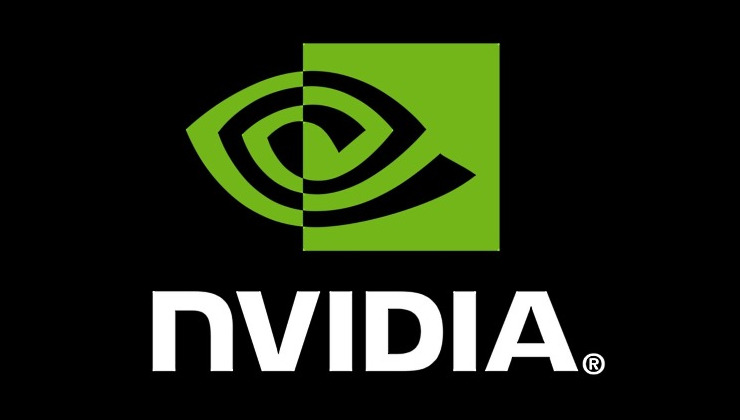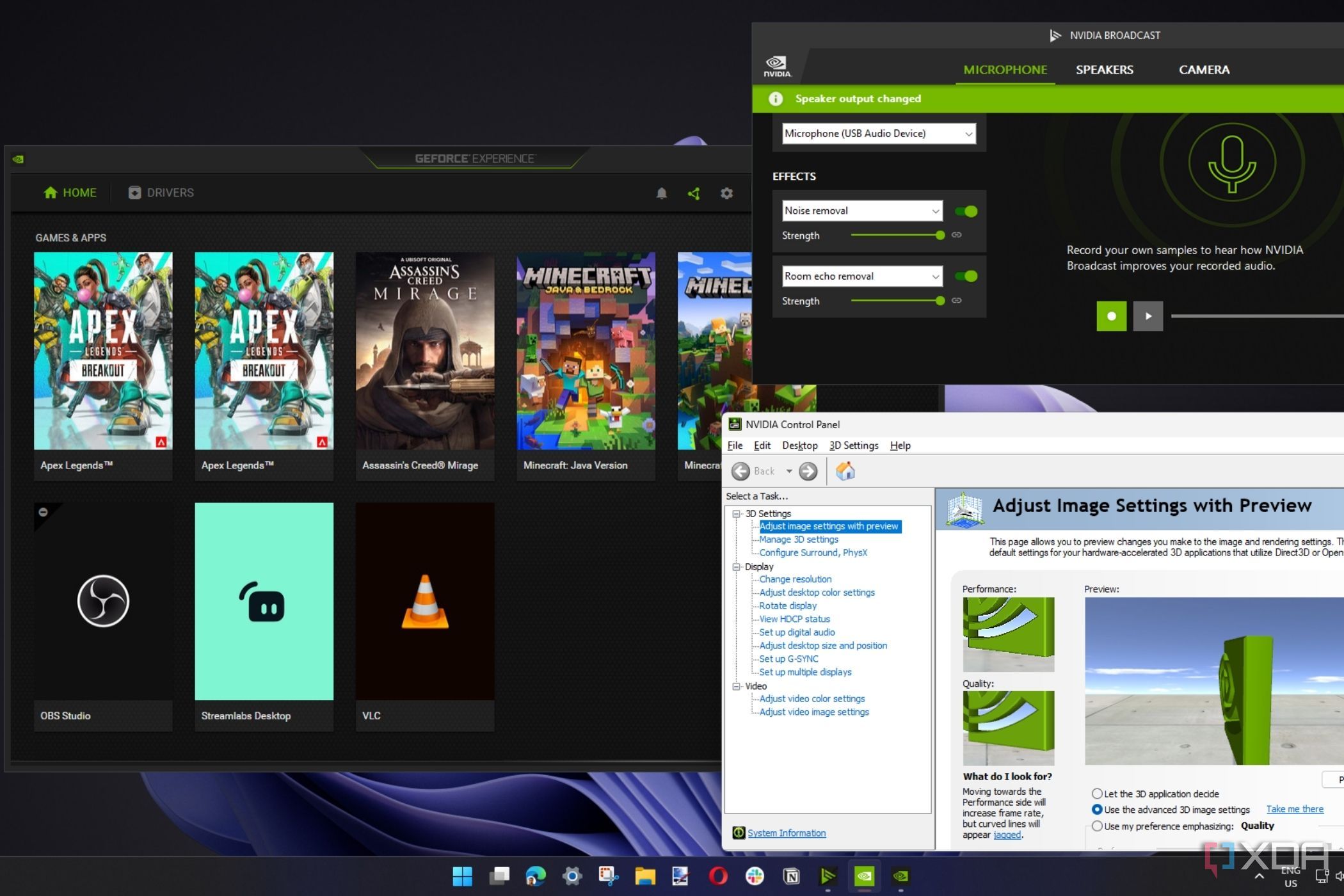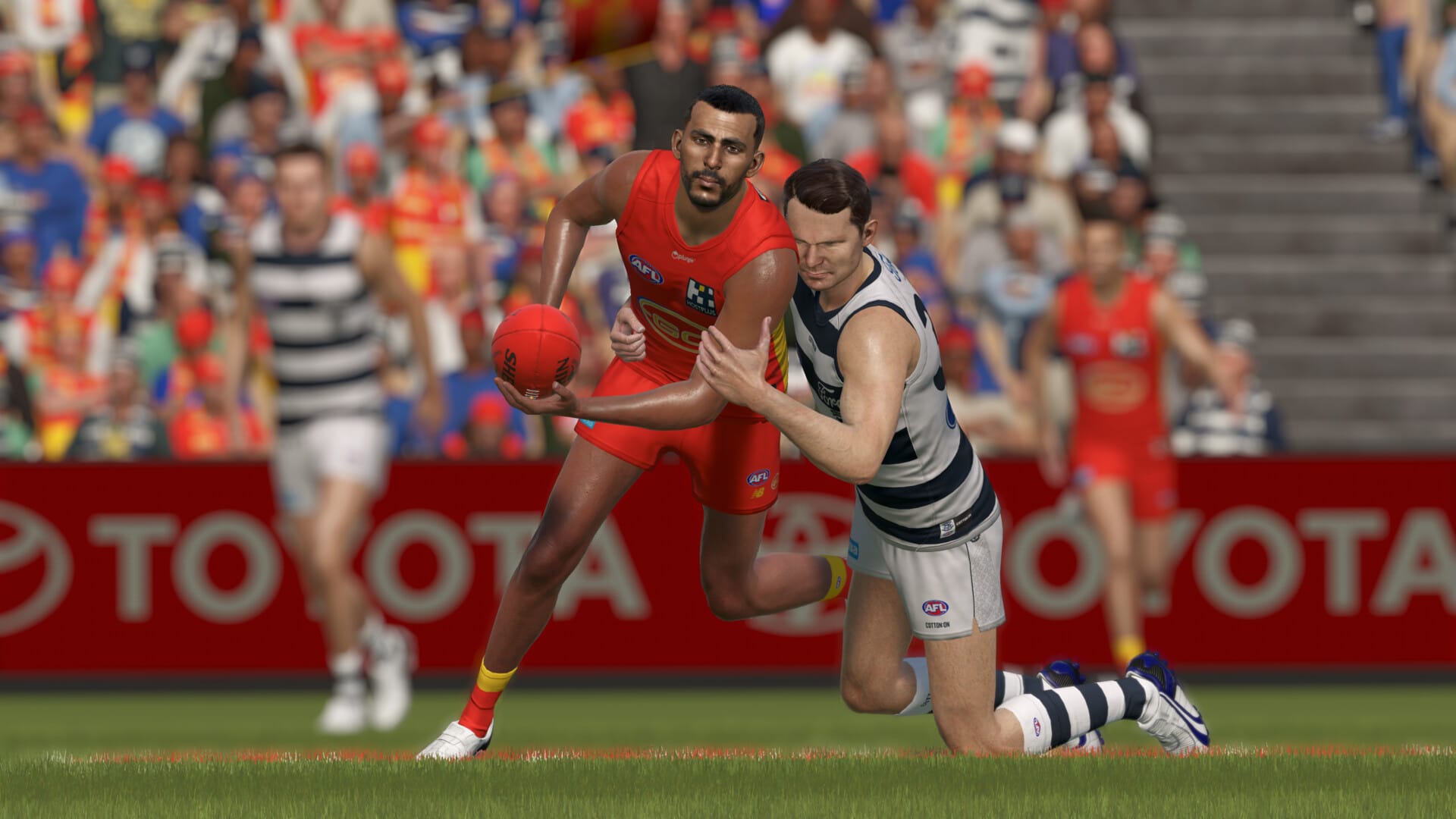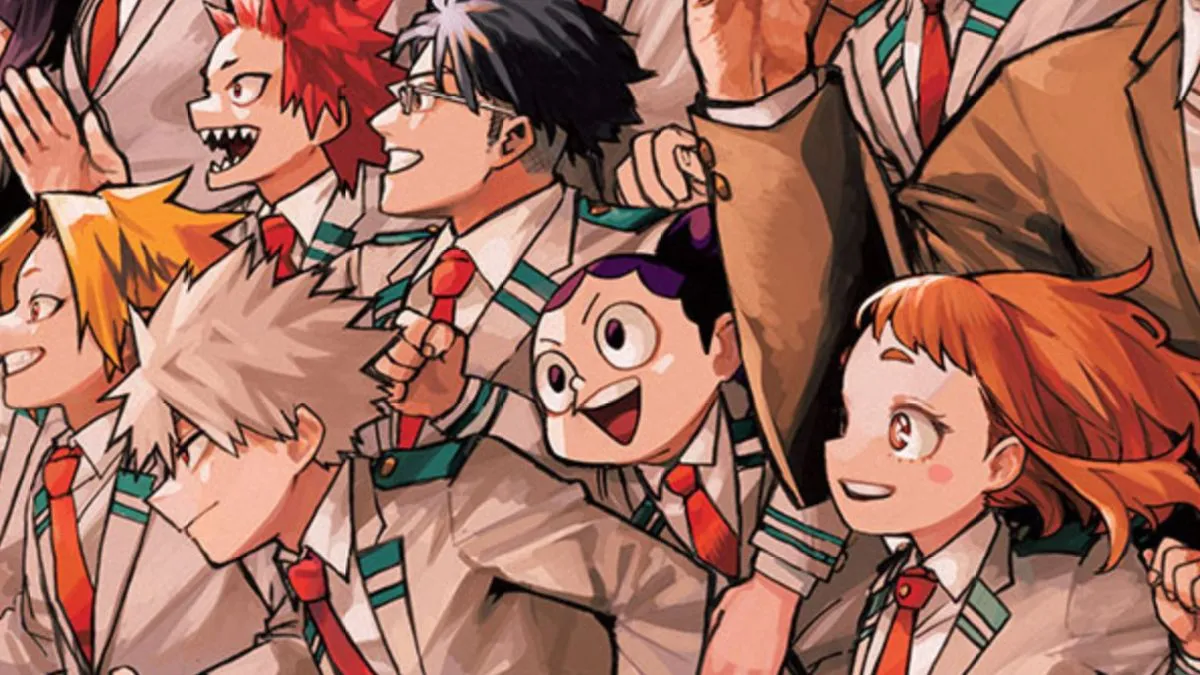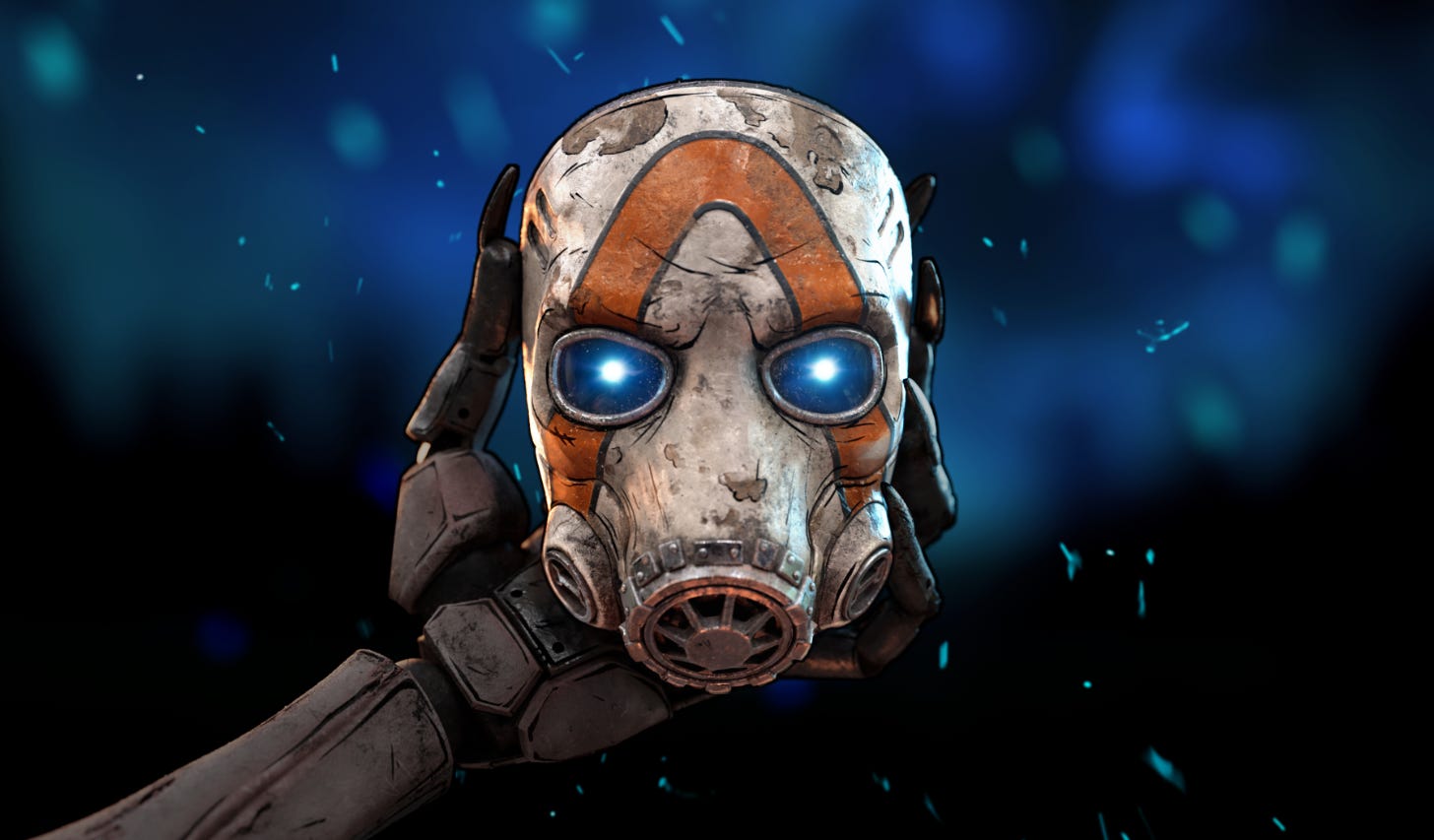Gamer’s Thoughts: Let’s Find The Difference Extreme Edition

Today I wanted to talk about a totally new type of game that’s gaining a lot of popularity. In late 2018, a totally new type of game called I’m on Observation Duty got released on Steam. Recently, these type of games are exploding on Steam. A spin-off called The Exit 8 gave a totally new spin on the formula. The games are actually a scary spin on the spot the difference style of gameplay. But, what does attract players so much into this formula? Let’s talk about a few titles, and maybe we find an answer to that in this article. Now, feel free to leave a comment in the comment section down below with your thoughts and/or opinions on these games, similar games and/or the content of this article.
Two main gameplay styles
There are actually two major styles in this genre. A lot of streamers call, one style Observation Duty and the other style Exit 8. Both styles have the same core concept. You need to first look at a room and then notice if anything changes or anomalies appear. The way how you deal with these anomalies differs in both styles.

In Observation Duty style games, the idea is mostly always that you are a security guard watching camera’s. You have to flip through camera’s and report the anomalies before there are too much present in the area. In Exit 8 type games, you play through them while walking through the rooms themselves. You have to walk one direction when there is no difference and another direction when there is a difference. The difference is that you have to make a certain amount of correct judgements in a row. One wrong judgement and you are sent back to level 0.
The gameplay is tricky to explain in words and in an article. I wanted to write this article several times, but I was unable to describe it properly. The best way to describe it in my opinion is a non casual spot the difference game.
Ever since, “I am on Observation Duty” and “The Exit 8” hit the scene… A lot of horror game streamers played through them. They gained a lot more popularity. A lot of new titles came out in a rapid pace with different spins on the genre and interesting innovations. I think it will become more clear when I talk about the games I played through or watched my favorite streamers play through.

During the summer of this year, Klamath and I streamed through these two titles. The Exit 8 is one of the earliest games to my knowledge in the 3D style.
The idea is that you are trapped in a looping metro hallway where you have to reach the 8th exit. Travelers are advised to continue walking when nothing out of the ordinary happens. But when suddenly a poster changed or something else changed, you need to turn back.
Like I said in the introduction, when you make one mistake, you start at level 0 again. The first passage through the hallway is always safe. After that, you have to do 8 correct answers in a row. Now, at least 8, since if your 8th run has an anomaly, you need to turn back. You can only win if you have a hallway that has no strange thing, and you are above the 8th hallway.
Something really nice that this game does is, it doesn’t repeat anomalies. When you defeat a certain anomaly, it won’t repeat until you see all of them or reset the game. This makes the game more unpredictable and replayable.
The anomalies in this game range from extremely obvious like suddenly the hallway flooding… But others are sneaky, like a camera that moved location to the other side of the hallway. So, it was a puzzle. Is this room really the same, or did something change. Since you couldn’t go back to check. And there were various details that added to the complexity of the game.
In May of this year, we got the follow-up to this game called The Platform 8. If you thought that was more of the same, think again. This time, you are in the actual metro, and you have to survive 8 carts. The big change is that you can’t fail with an anomaly this time around since the exit door is locked if you need to find the anomaly first.
It’s a change that didn’t sit well with me at first, but I totally understand why. This game is now turned into a more tense game where you have to survive the crazy things that the game throws at you. The game is shorter than The Exit 8, but I’ll say… This game had me spooked and jump several times.

At it’s core, this game is an Observation Duty game. But with a big twist. You are a security guard at the entrance of a building. There are imposters out there, trying to look like your neighbor, and you have to keep them out.
This game tests your reasoning skills and tests you if you can look at all the clues. The best I can describe this game is: a mixture between Papers Please, and I am on Observation Duty. The added layer of difficulty is that you have a lot to keep track of. Who did you let already inside? Who is on the list and for who do you better call their apartment first?
This game is getting frequent updates with more lore and more modes. Each time I see this game being played by the streamers I watch, the new update impresses me. And I totally understand why this game got so big.
There is this extremely catchy song by longestsoloever. The amount of times I played it on repeat is just getting silly. Give it a listen if you like electronic music, but I warn you. It’s an earworm.

Confabulation, noun. Confabulation is a memory error consisting of the production of fabricated, distorted, or misinterpreted memories about oneself or the world.
This game does a very interesting take on the actual formula. Instead of explaining the differences and anomalies with unexplained events, in this game it’s caused by a mental illness.
The flow of each play trough of this game is the same. But, the puzzles, the changing objects amongst other things are randomized. It’s up to you to make sure that you avoid you going insane and finding the truth of what happened.
This is an Observation Duty style game, but you can walk around in the area instead of watching at camera feeds. There is an extra layer added with the puzzles that add more information and lore of what happened.
I could talk about it more, but I highly recommend you play this game as blind as possible. The story, scares and impact is that much stronger when you don’t know what’s coming and let yourself be surprised. Watch the candles since they give you amazing hints on where to look next.
ATTA -Spot the Oddities in the Strange Hotel-

What if you have to count the amount of differences in a hallway instead of deciding there is a difference or not? Well, then you describe “ATTA, -Spot the Oddities in the Strange Hotel-“.
This game is an Exit 8 type of game with multiple rooms, where you have to count all the errors in a hallway… While various strange things happen. Like a train suddenly appearing and you have to duck for cover.
The atmosphere this game has, where it leaves you with an open ending that raises more questions than it answers, is the cherry on the cake. It’s a more intense game than your usual games. It may be a short run, but it’s a wild and pleasant ride all the way through.

The final game I want to talk about today is called Hospital 666. In this game, you try to escape a cursed hospital. The first level has you running down a looping hallway. The second level, has one side room open.
Now, an impressive option that the game gives you is that you can choose if you want anomalies in the hallway or not. So, if you are in the second level, you can choose if you want things in the hallway to change or only focus on the new room.
Something impressive that this game does as well, is when you make a mistake, you can go back to the hallway to see what the mistake was that you made. You still start from the lowest floor of that level, but being able to see what got you is amazing. Since this game has very crazy anomalies but also various very sneaky ones. Like one is that some smiles faces appear on the wall.
In between the levels, there is a boss fight/puzzle that separates the floors from each other. They can be a bit janky, but the developer has updated and optimized the game quite a lot, and it is a lot better. Now, he is currently creating a sequel taking place in a school. And as somebody who works in education, I can’t wait to play through that.
Final thoughts
These games are only a handful of games in the genre. I have given a quick rundown of the games mentioned in this article, but if you are interested, I’m willing to talk more in depth about these titles. My intention with this article is to promote these titles.
Each game listed here is between 5 to €10 and is an amazing ride. These games are short little romps but are bursting to the seams with creativity. I always think, now, I have almost seen everything this genre has to offer. But, then I’m surprised with a new gameplay mechanic or a new setting that changes the atmosphere completely.
So, depending on how well this article does… I might write more of these. If you found amazing titles like this, feel free to send them my way or leave them in the comment section down below. But, for now, I’m going to leave you with my usual outro. Thank you so much for reading this article and I hope you enjoyed reading it as much as I enjoyed writing it. I hope to be able to welcome you in another one, but until then, have a great rest of your day and take care.


